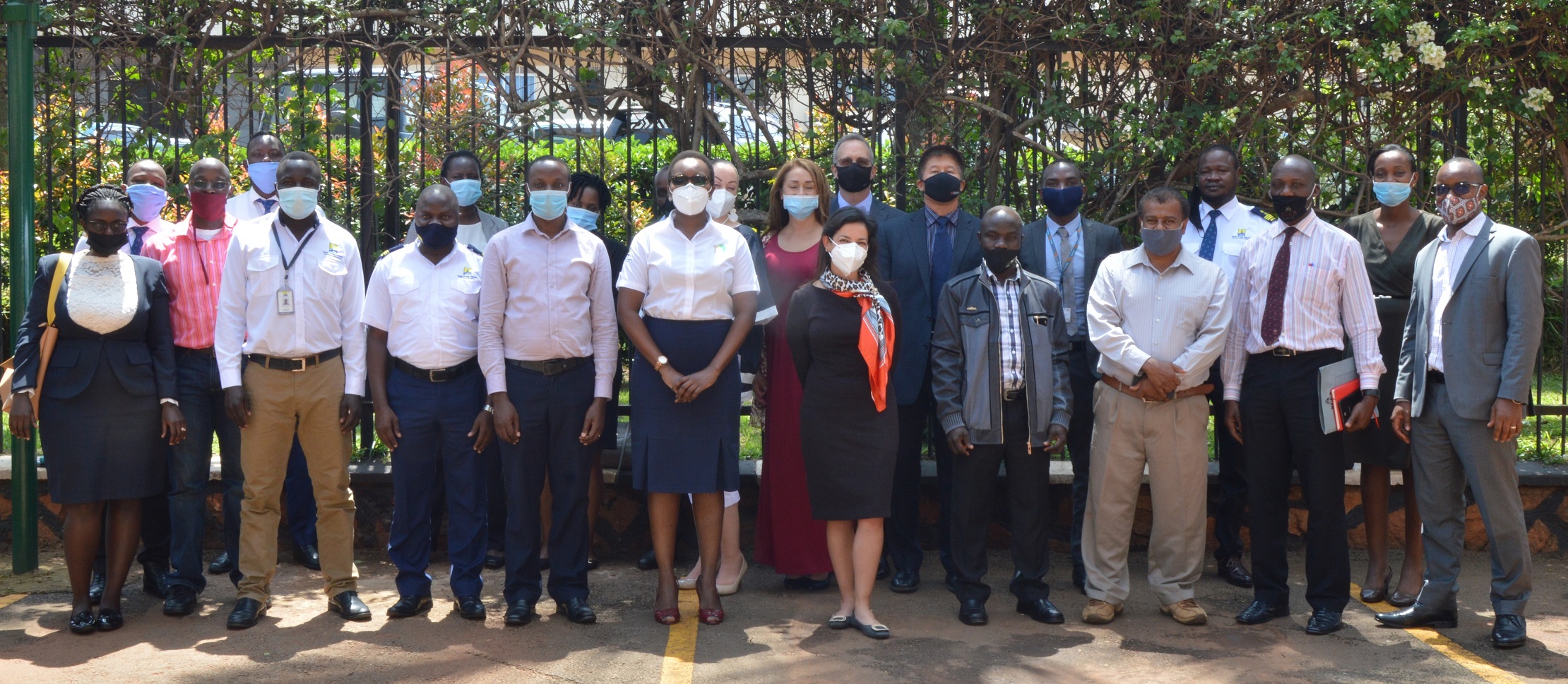Uganda Revenue Authority (URA) and several Government Ministries and Agencies (MDAs) are working together to implement the Rental Tax Compliance System (rTCS).
MDA leaders are hailing the project as a crucial tool to help the Government of Uganda achieve its Domestic Revenue Mobilisation Strategy (DRMS) 2019/20–2023/24.
What is DRMS?
The DRMS is a strategic plan by the government to gain more control over its budget and increase tax revenues as a share of GDP. The strategy will strengthen Uganda’s capacity to generate sufficient revenues to finance its spending and mitigate the widening fiscal deficit.
At present, Uganda’s public debt has increased by 70% in the last three years, amounting to UGX 56.88 trillion from UGX 33.5 trillion. This is according to the Auditor General’s report of June 2020.
The report also shows that Uganda’s tax to GDP ratio is at 12%, whereas it should be 15% or more, as recommended by the International Monetary Fund (IMF).
How Does rTCS Work?
The rTCS is a software application that identifies individuals and organisations that are underpaying rental income tax.
rTCS aggregates data from various government and other sources to match properties to their owners.
The software presents the analysed data to URA investigators with reason codes to help them determine which individuals to investigate.
Furthermore, the system estimates the rental income underpaid by each taxpayer.
Other than URA, other MDAs taking part include:
- Ministry of Lands, Housing and Urban Development,
- Kampala Capital City Authority (KCCA),
- National Identification and Registration Authority (NIRA),
- National Water and Sewerage Corporation (NWSC),
- National Information Technology Authority (NITA-U),
- Uganda Communications Commission (UCC), and
- Ministry of Local Government and Local Councils
What Are The MDAs Saying?
Dr. Hatwid Mugasa, Executive Director of National Information Technology Authority (NITA-U), explained that the NITA-U highly supports such technology to reach its goals.
“By leveraging Blockchain Technology and Big Data Analytics, the project will not only usher this country into the Fourth Industrial Revolution, but also will enable the people of Uganda to appreciate the power of emerging technologies in solving contemporary challenges. As NITA-U, we are excited to be part of this transformational project for our country,” he said.
Hon Beti Kamya Turwomwe, the Minister of Lands, Housing & Urban Development, has praised rTCS as a revolutionary tool for raising government revenue. She also noted the opportunity rTCS provides to improve her own ministry’s service to clients.
“Through collective responsibility, the Ministry of Lands, Housing and Urban Development subscribes to the Government of Uganda’s Domestic Revenue Mobilisation Strategy – a master strategy that is aimed at raising more domestic resources, enhancing financial independence, while ensuring sustainable budget expenditures, for national development,” she said.
“The DRMS prioritises the integration of government systems, including the Land Information System (LIS), to identify landowners and ensure that they comply with their respective tax obligations. The Ministry therefore unreservedly supports rTCS,” she said.
She added, “I also believe that the data, harvested from other government MDAs and utilities shall, at an appropriate time, be used to enhance our own land information and land records archiving system, thereby further improving service delivery to our clients. The Ministry is committed and would like to give this project all the cooperation and support needed,”
Dr. Silver Mugisha, the Managing Director, National Water and Sewerage Corporation (NWSC) also expressed support for rTCS.
He said: “The Government of Uganda in NDP III (2020/21 – 2024/25) set an ambitious target to increase access to safe water supply from 70 to 85 per cent for rural areas and from 74 per cent to 100 per cent in urban areas. NWSC, as a government-owned company, is one of the major implementors of this strategy, and as such, we recognise that the government needs to realise its tax revenue targets to be able to meet this goal. We, therefore, support all initiatives, including the use of technology in realising the Government of Uganda’s Domestic Revenue Mobilisation Strategy (DRMS).”
He added: “On our part, NWSC has distinguished itself in deploying enabling technology for customer information management. Already, we have an ongoing partnership with URA, that has helped the tax body to realise their revenue objectives within the property tax segment in an efficient, nonintrusive and customer-centric manner. It is for this reason that NWSC was awarded the URA Commissioner General’s Strategic Partner of the Year Award 2019/20.”
Part of a Larger Plan for the URA
Mr John Rujoki Musinguzi, URA Commissioner General, recently said the rTCS system was part of a larger plan in which the agency would use technology to improve tax efficiency and service delivery. He said the system would help URA settle the persistent complications in identifying the right landlords of properties, and the income generated from rented properties.
READ MORE LIKE THIS:



